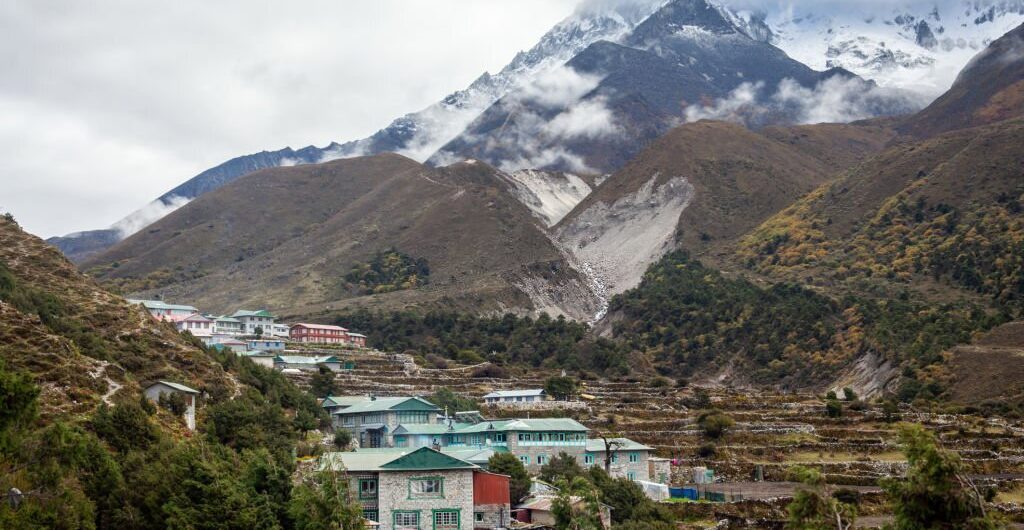Introduction
Nestled in the heart of the majestic Himalayas, Pangboche Village stands as a hidden gem, captivating trekkers and travelers alike with its serene beauty and rich cultural heritage. Tucked away in the Everest region of Nepal, this charming village offers a unique opportunity to experience the Sherpa way of life. You will witness breathtaking views of the world’s highest peaks. In this blog, we will take you on a virtual journey through Pangboche Village. It will unveil its wonders and the reasons why it should be on every adventurer’s bucket list.
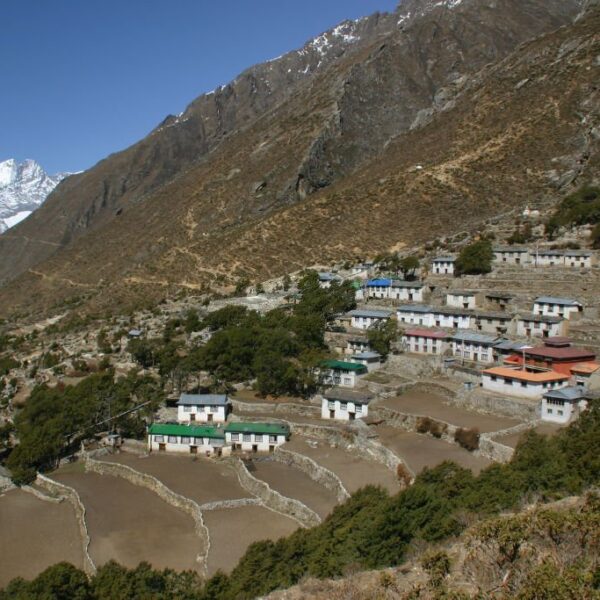
1. A Himalayan Wonderland
Pangboche Village, situated at an altitude of approximately 3,985 meters (13,074 feet), is surrounded by awe-inspiring Himalayan vistas. With the mighty Ama Dablam dominating the skyline, the village serves as a perfect base for trekkers heading to Everest Base Camp and other high-altitude adventures. The stunning landscapes, including lush green valleys, pristine rivers, and snow-capped peaks, create a breathtaking backdrop for every traveler’s dream.
2. The Sherpa Culture
Pangboche is predominantly inhabited by the Sherpa community, renowned for their warm hospitality and deep-rooted cultural traditions. As you explore the village, you will have the chance to interact with the friendly locals, who are more than eager to share their stories and customs. Don’t miss the opportunity to visit the ancient Pangboche Monastery, one of the oldest in the region, adorned with intricate murals and religious artifacts. Witnessing the Sherpa way of life up close is an enriching experience that leaves a lasting impression.
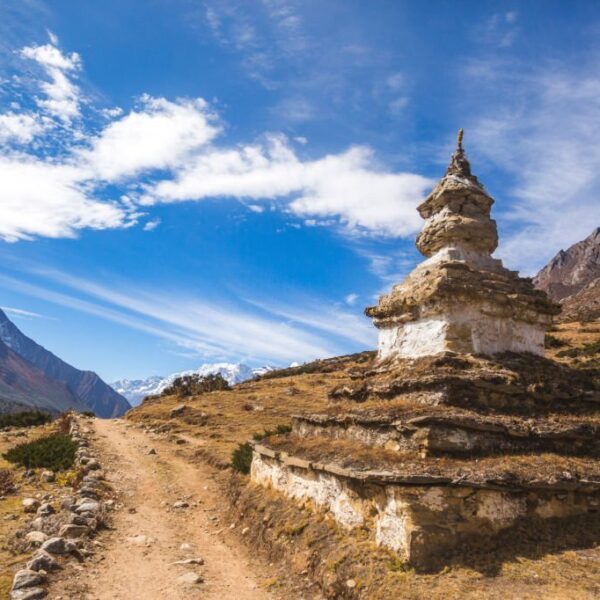
3. Trekking and Adventure
For adventure seekers and trekkers, Pangboche Village is a perfect destination. Pangboche offers a variety of options suited to different levels of fitness and time constraints. Whether you’re on your way to Everest Base Camp or simply looking for a shorter trek, it offers both. The trekking trails in this region lead you through dense rhododendron forests, across suspension bridges over rushing rivers, and to high-altitude viewpoints that offer unparalleled panoramas.
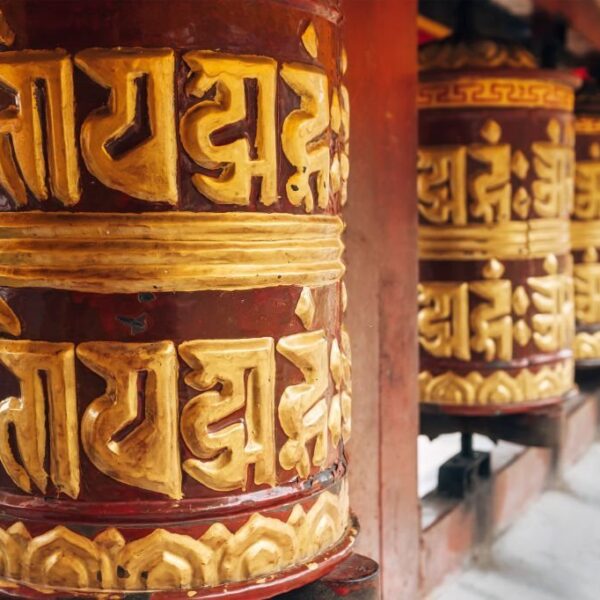
4. Wildlife and Biodiversity
Beyond the cultural allure, Pangboche is a haven for wildlife enthusiasts. The Sagarmatha National Park, a UNESCO World Heritage Site, is home to a diverse range of flora and fauna. Keep your eyes peeled for elusive Himalayan wildlife, such as the Himalayan Thar, Musk Deer, and a variety of colorful bird species. The park’s conservation efforts ensure that these animals and their habitats remain protected.
5. Homestay Experiences
To truly immerse yourself in the local lifestyle, consider opting for a homestay experience in Pangboche Village. Living with a Sherpa family allows you to witness their daily routines and indulge in traditional cuisine. It will help you to gain a deeper understanding of their customs and values. It’s an excellent way to forge authentic connections and create unforgettable memories.
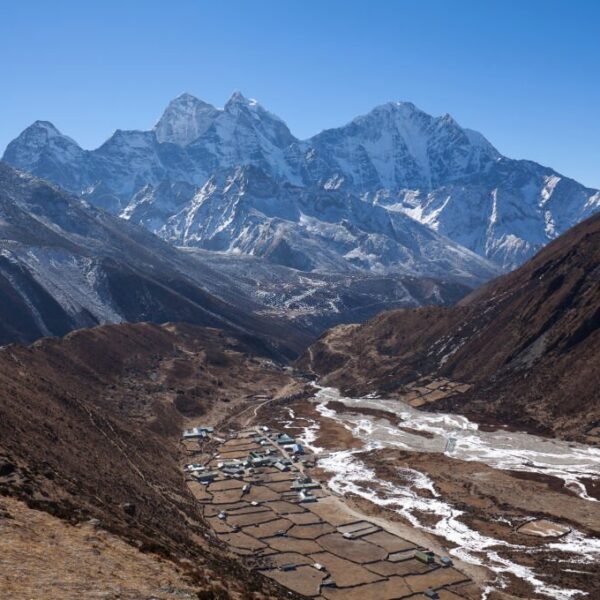
Conclusion
Pangboche Village is a treasure trove waiting to be discovered in the Everest region of Nepal. With its captivating landscapes, rich Sherpa culture, trekking opportunities, and diverse wildlife, it offers an unforgettable experience for travelers seeking a unique Himalayan adventure. Whether you’re an avid trekker, a culture enthusiast, or a nature lover, Pangboche Village will leave an indelible mark on your heart. It will beckon you to return to its tranquil embrace time and time again. So, pack your bags, lace up your hiking boots, and embark on a journey to this enchanting Himalayan gem – Pangboche Village.

